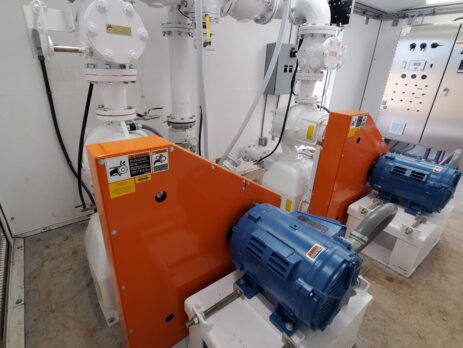Spare Parts for Gorman-Rupp Pump Stations
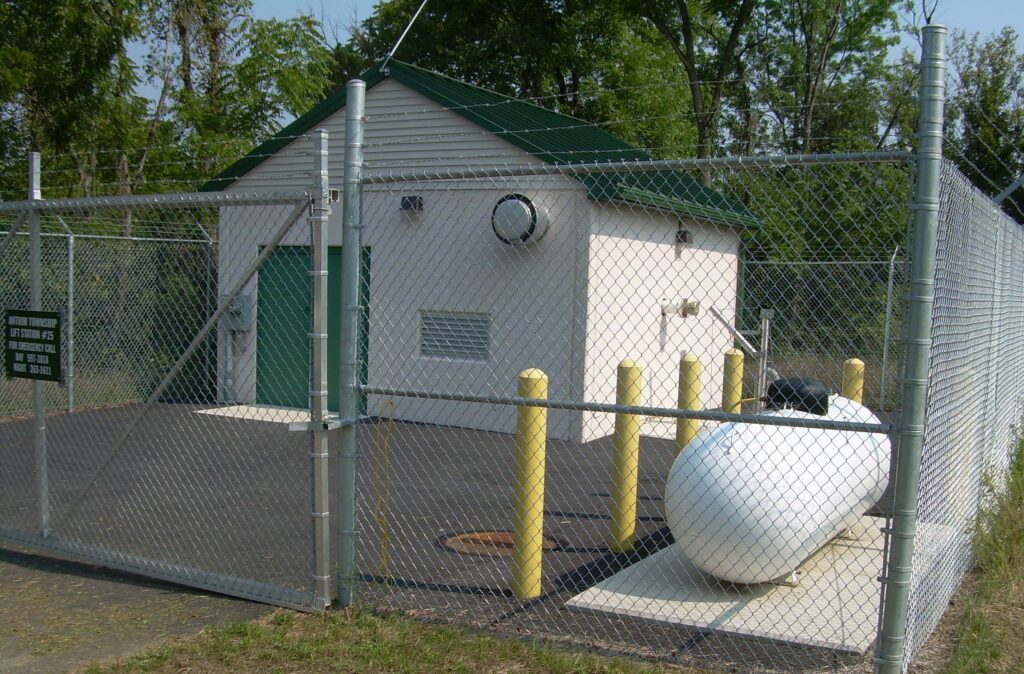
Gorman-Rupp suction lift pumping stations are renown for their longevity, with lifespans exceeding 25 years. While these systems are built for endurance, even the most durable equipment experiences wear and tear over time due to pumping domestic wastewater.
Predicting when you need a spare part is impossible, especially with pumps operating in harsh environments. Waiting for a critical component to fail before making replacements can lead to a cascade of problems: prolonged downtime, increased repair costs, and potential sanitary sewer overflows. Maintaining a readily available stock of commonly used spare parts helps mitigate these risks.
Why keep Critical Spare Parts in Stock?
Regular servicing is necessary to maintain pumping stations running at their best. With spare parts on hand, you can address issues swiftly, preventing minor problems from escalating into major headaches. Other advantages include:
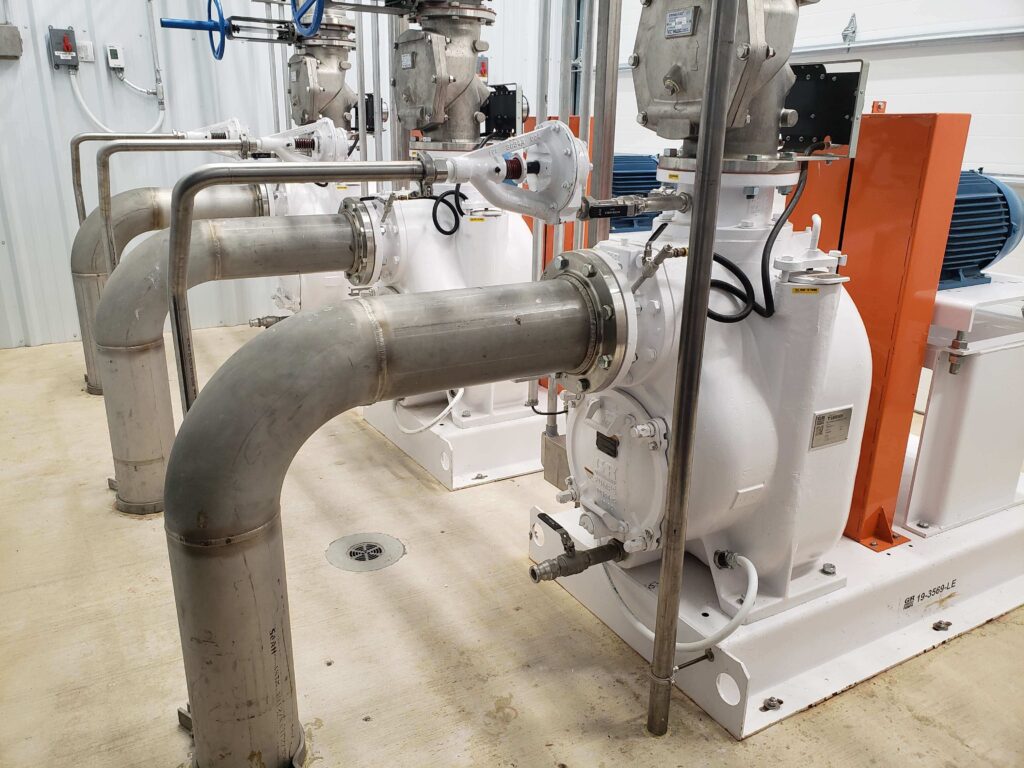
- Minimizes downtime
- Reduces the risk of overflows
- Allows for better planning
- It avoids rush shipment charges
An inventory of spare parts and supplies is also essential for routine maintenance and inspections. It helps ensure that any necessary components can be quickly and easily replaced.
Determining Spare Parts Needs
To determine the type and quantity of spare parts to keep, consider the part’s frequency of usage, criticality, and availability of the part. The owner should have a procedure for determining which spare parts are critical. Critical parts are those that are essential to the pumping station’s operation.
Review the Gorman-Rupp O&M Manual supplied with the station to determine the spare parts to keep in stock. You can also contact Envirep for a list of recommended spare parts. The appearance of wearing parts should be documented at each inspection for comparison. If records indicate that a part (such as the seal) fails at approximately the same duty cycle, the part can be replaced before failure occurs, reducing unscheduled downtime.
Common Causes of Failure
Premature pump failure can be caused by various factors, such as abrasive wear, cavitation, insufficient or irregular maintenance, pump clogs, check valve blockages, power surges, and force main issues. If you encounter premature part failures, contact Envirep. We can assist in identifying the cause and preventing future occurrences. Despite regular maintenance it is difficult to predict when a part will fail. Also, manufacturers may face supply chain disruptions, leading to delays in obtaining replacement parts that are typically in stock.
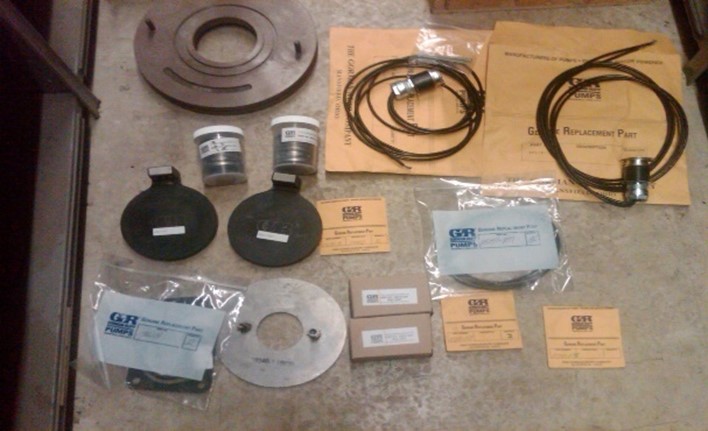
Parts Replacement
Regularly replacing worn or damaged parts is essential to maintain pump efficiency and functionality. Pumps naturally experience wear and tear over time, which reduces efficiency, lowers capacity and increases clogging. Timely replacement of worn or damaged parts ensures the pump operates at peak performance, maintaining its pumping rate and preventing issues. This practice also extends the life of the equipment and lowers the risk of unexpected breakdowns.
Critical Spare Parts for Gorman-Rupp Pump Stations to Keep in Stock
Collection systems should maintain an adequate inventory of spare parts, equipment, and supplies. Without such an inventory, the collection system may experience unplanned downtimes, inefficient operation, and possible overflows. Some of the critical components to keep in stock are:
Rotating Assemblies
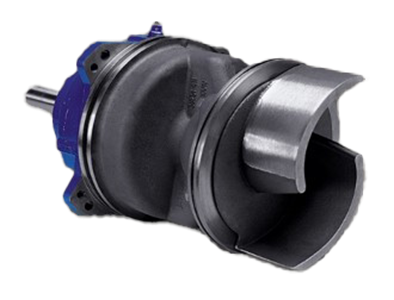
The rotating assembly includes the shaft, impeller, bearing housing, bearings, seal plate, lip seals, and mechanical seal. It plays a crucial role in the pump’s operation, imparting energy to the liquid and moving it through the pump.
The rotating assembly in a Gorman-Rupp pump can be removed without disturbing the pump volute or pipework. Jacking screw holes are provided to assist with removal. This allows for quick and easy installation of a spare rotating assembly. Keeping at least one spare rotating assembly for each pump model in your system is highly recommended. That way, a pump can be returned to service quickly after a breakdown.
Watch a YouTube video on removing the rotating assembly in a Gorman-Rupp T-Series Pump here.
Wear Plates
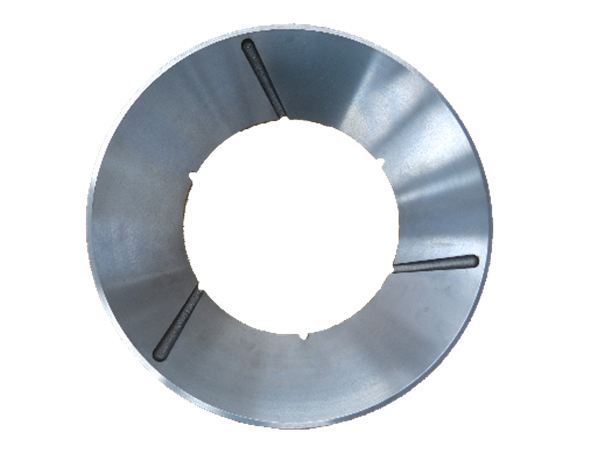
The wear plate contributes to the overall reliability of the pump by protecting critical components from wear and damage. Rather than replacing the wear plate outright, it is advisable to adjust the clearance between the impeller and the wear plate. This adjustment is key to sustaining the pump’s performance, ensuring it operates efficiently and effectively. Replace the wear plate when you can no longer adjust the clearance. Regular wear plate clearance adjustment, and replacing it when needed can significantly prolong the pump’s lifespan and reduce the frequency of costly repairs. We recommend keeping one wear plate in stock for each pumping station in your system.
Watch a YouTube video on replacing the wear plate in a Gorman-Rupp T-Series Pump here.
Click here to see Envirep’s Service Bulletin on adjusting the clearance on a Gorman-Rupp Super T-Series Pump.
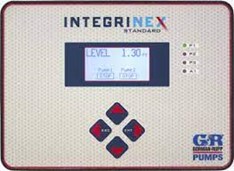
EPS or Integrinex Level Controller
Gorman-Rupp’s EPS and Integrinex level controllers manage wastewater levels in the wet well. Its primary function is to monitor the level and regulate the pumps to maintain a safe range. This controller utilizes air bubbler or submersible pressure sensors for precise level monitoring, ensuring accurate pump control. Keeping a spare level controller in stock is not recommended. However, if one is needed, Envirep has them readily available. The primary level control device is an air bubbler or a submersible pressure transducer in a Gorman-Rupp Pumping Station.
Air Pump for Level Control
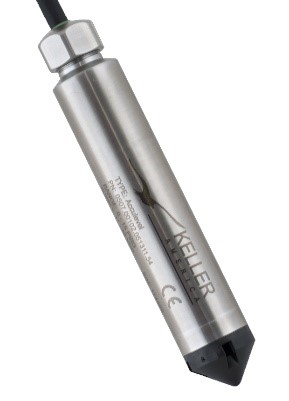
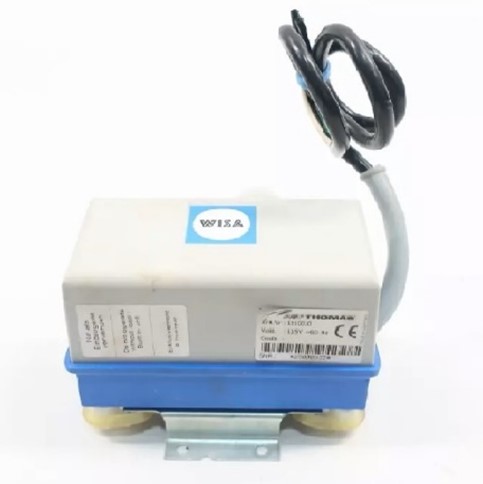
With an air bubbler level control, the air pump generates a constant airflow to a submerged pipe in the wet well. The pressure required to keep the airflow changes as the liquid level changes. The level controller uses this change in pressure to accurately measure the liquid level and control the operation of the pumps. We recommend keeping at least one air pump in stock. Air pump repair kits are also available.
Click here to see Envirep’s Service Bulletin on rebuilding an air pump used for bubbler-type level control.
Submersible Pressure Transducer
These transducers are used in level control systems to measure the pressure exerted by a liquid column above them. They are sometimes used in Gorman-Rupp pumping stations instead of bubbler-type level control. These sensors are located near the bottom of the wet well and submerged in the wastewater. It is highly recommended that at least one spare pressure transducer be kept in stock.
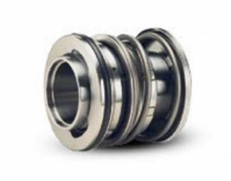
Mechanical Seals
A mechanical seal is primarily designed to prevent the pumped liquid from leaking out of the pump. It accomplishes this by creating a barrier between the rotating shaft and the stationary pump casing, ensuring the fluid remains within the pump. Additionally, the mechanical seal helps minimize friction between the rotating shaft and the stationary pump casing, enhancing the pump’s efficiency and reducing wear on both components.
Gorman-Rupp’s exclusive double-floating, self-aligning, oil-lubricated mechanical cartridge seal has a stationary and rotating face of silicon carbide or tungsten titanium carbide. This seal is designed for abrasive wastewater service and has an excellent track record.
The replacement frequency depends on several factors, including normal wear and tear, pump speed, corrosion, abrasion, cavitation, operating conditions, contamination, lubrication, and material compatibility. We recommend replacing the mechanical seal if water begins leaking from the bottom of the seal cavity. Regular maintenance and replacement of mechanical seals as needed are essential for ensuring the pump’s optimal performance and longevity. We recommend keeping one spare mechanical seal in stock for each pumping station.
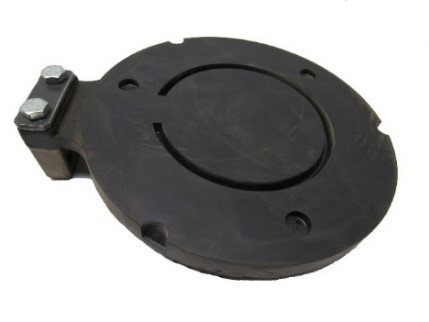
Watch a YouTube video on removing the mechanical cartridge seal in a Gorman-Rupp T-Series Pump here.
Suction Flap Valves
The suction flap valve is located at the pump suction inlet and serves several purposes: It prevents the backflow of water when the pump is not operating, maintaining the pump’s prime. It keeps water in the suction line and pump casing when not operating. It also improves efficiency by ensuring the pump does not need to reprime during every cycle. Replace the suction flap valve if the pump reprimes at the start of every pump cycle. We recommend keeping several flap valves in stock for each pumping station in your system.
Watch a YouTube video on removing the suction check valve in a Gorman-Rupp T-Series Pump here.
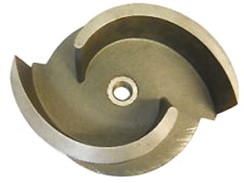
Impellers
The impeller is a critical component of a centrifugal pump, responsible for moving the liquid, increasing its pressure, and transferring energy from the pump’s driver to the fluid being pumped. The frequency of impeller replacement in wastewater pumps depends on several factors, such as impeller speed, abrasive wear, and corrosiveness. Impellers should be replaced when you notice any of the following signs:
- Reduced Performance
- Visible Wear or Damage
- Loss of Efficiency
- Frequent Clogging
- Increased Vibration or Noise
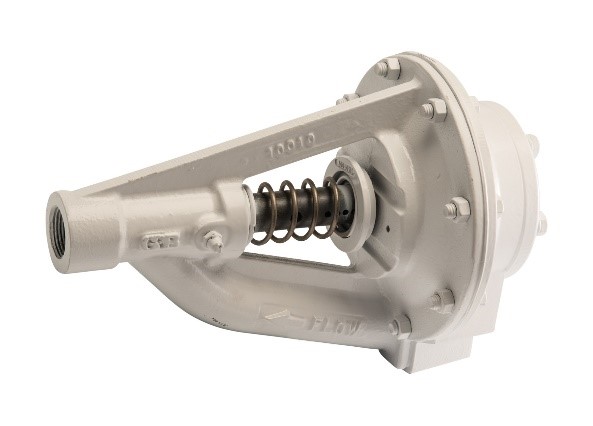
We recommend keeping one impeller in stock for each pumping station in your system.
Watch a YouTube video on replacing the impeller in a Gorman-Rupp T-Series Pump here.
Air Release Valve Diaphragm
Gorman-Rupp Automatic Air Release Valves release air from a self-priming pump during the priming cycle. Once the pump is primed and delivers liquid, the valve closes automatically to limit bypass flow. When the pump stops, the valve automatically opens, preparing for the next priming cycle. If the diaphragm starts to leak, promptly replace it. We recommend keeping at least one air-release valve diaphragm in stock for each pump station. Air pump repair kits are also available.
Click here to see Envirep’s Service Bulletin on maintaining and rebuilding the Gorman-Rupp Air Release Valves.
Submersible Pumps
Due to their location at the bottom of the wet well, submersible pumps are not easily inspected. Remove submersible pumps from the wet well annually to check for wear and clogging. When removing the pump, check the electrical cable for wear and nicks in the insulation. If you disconnected the electrical leads, make sure the pump is rotating in the proper direction before returning it to the wet well. Record amps monthly, and clean and tighten the electrical contacts yearly. We highly recommend having one spare submersible pump for each lift station.
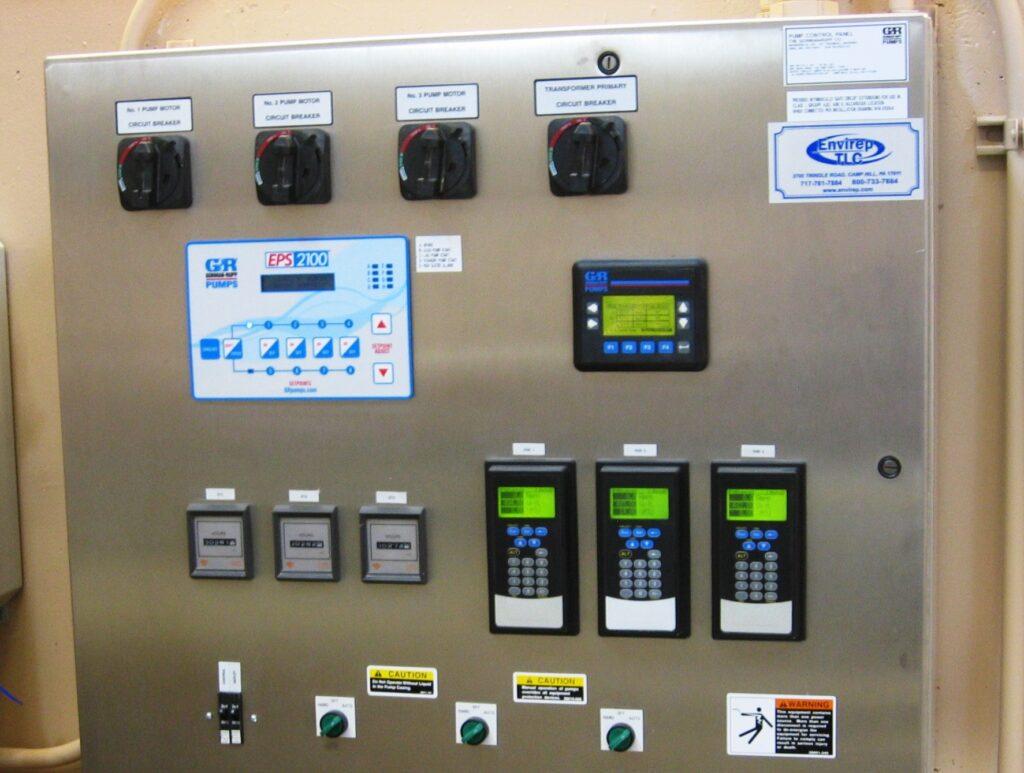
Control Panel Components
Control panels are essential for controlling and monitoring the pumping station’s operation. Various factors, such as poor power quality, voltage fluctuations, extreme temperatures, and regular wear and tear, can lead to the failure of control panel components. It is advisable to keep spare parts on hand to ensure uninterrupted operation. These spare parts include fuses, spare RVSS starters or VFDs, voltage monitors, phase failure relays, air intake filters for VFDs, and relays.
Stocking Strategies for Spare Parts for Gorman-Rupp Pump Stations
- Spare motors are not recommended unless they are special motors that are not readily available.
- Maintain an accurate inventory of spare parts for critical equipment to ensure timely completion of repairs.
- For complex replacements like complete pump overhauls, rely on the manufacturer’s trained technicians to ensure proper installation.
- Spare parts should be kept in a clean, dry, organized, climate-controlled, and well-protected stock room.
- For collection systems with multiple pumping stations, consider standardizing equipment to help reduce the required spare parts inventory and storage facility costs.
- Always use genuine Gorman-Rupp parts to maintain your pump system’s efficiency, reliability, and longevity.
As a Gorman-Rupp factory-trained distributor, Envirep is dedicated to promptly assisting you with any pump or lift station service needs. Our expertise extends beyond design and startup, providing ongoing support to ensure your lift station performs optimally for years to come. Count on Envirep’s industry-leading support for lasting lift station performance.
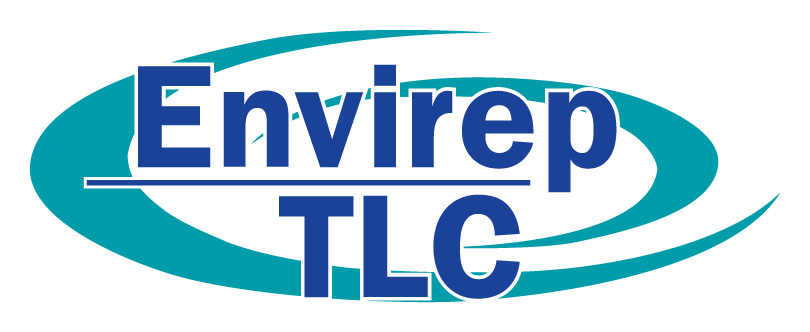
Contact Envirep
Envirep/TLC serves the municipal and industrial water and wastewater market in Pennsylvania, New Jersey, Maryland, Delaware, the District of Columbia, Virginia, and West Virginia.
Do you need help selecting the right equipment for your application? Contact Envirep at 717-761-7884 or sales@envirep.com.
By Michael Gillespie, President at Envirep/TLC

